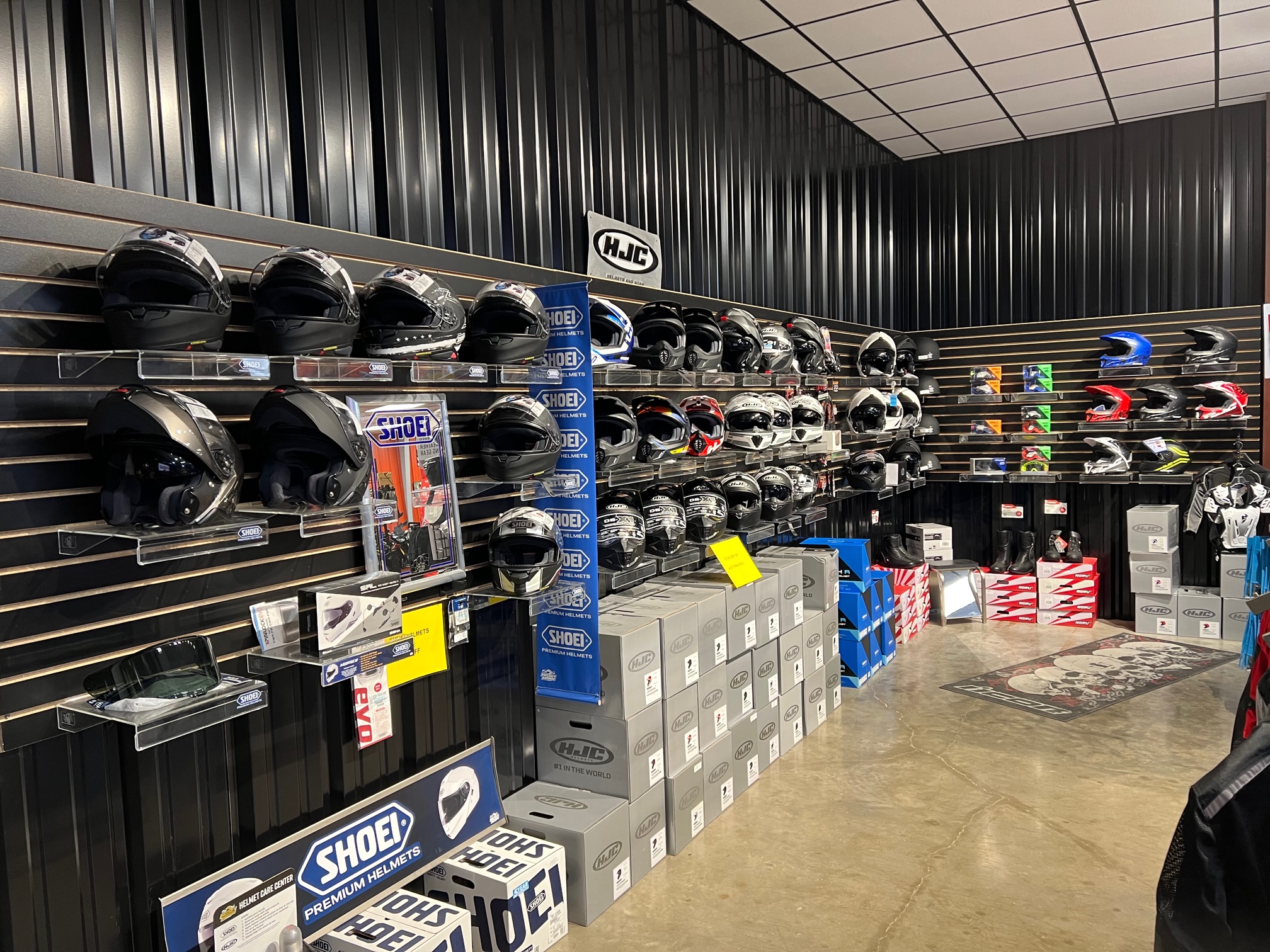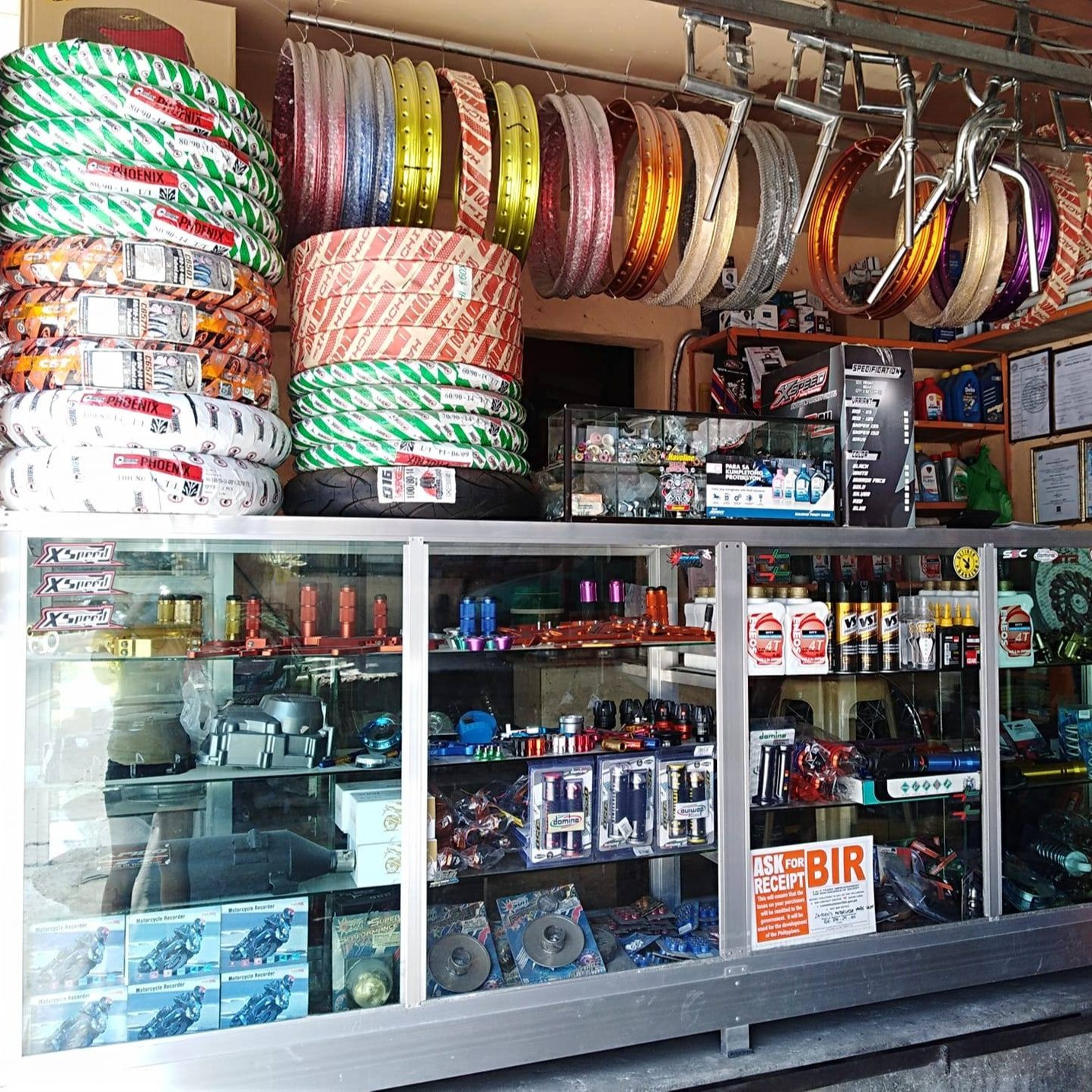Find Affordable Prices on Motocross Parts NZ for Every Bike
Recognizing the Crucial Parts of a Motorbike: A Comprehensive Guide for Fanatics
For motorcycle lovers looking to boost their riding experience and ensure their bikes run smoothly, comprehending the important elements of a bike is vital. Each component, from the engine's complex operations to the important role of the braking systems, not just impacts efficiency but also safety and security and comfort.
Engine Components

The camshaft plays a crucial role in managing the timing of the engine's valves, ensuring the exact opening and closing necessary for effective fuel and air intake, in addition to exhaust expulsion. This timing is vital to keeping ideal engine performance and efficiency. Furthermore, the carburetor or fuel shot system, depending upon the bike model, is in charge of mixing air with fuel in the appropriate ratio for combustion.
The air conditioning system, either air or liquid-based, functions to keep the engine's temperature within operational restrictions, protecting against overheating and guaranteeing longevity - motocross gear nz. Each component, meticulously developed and incorporated, adds to the smooth procedure of the engine, specifying the motorcycle's power result and overall efficiency
Transmission System
Integral to the motorbike's capability, the transmission system makes certain effective power transfer from the engine to the wheels. This system comprises numerous important elements, consisting of the clutch, gearbox, and final drive, each playing an essential function in equating the engine's power right into motion. The clutch, usually operated by a hand bar, offers to disengage the engine and engage from the transmission, enabling smooth equipment modifications and controlled acceleration.
The transmission, often referred to as the transmission appropriate, includes a collection of equipments that motorcyclists can manually move with to readjust the bike's speed and torque outcome. These equipments are prepared in a series that enables the bike to accelerate efficiently and keep optimal engine performance across different rates. The majority of motorbikes use a consecutive transmission, requiring the cyclist to shift gears in an established order.
Braking Devices
While understanding the transmission system is vital to taking advantage of a motorbike's power, just as important is the ability to regulate and stop that power effectively, which is where stopping devices come into play. Brakes are important for safety and security and performance, giving the cyclist with the needed control to navigate different surfaces and problems. Generally, motorbikes feature two kinds of stopping systems: disc brakes and drum brakes.
Disc brakes are more widespread in contemporary motorbikes due to their superior performance. They consist of a brake disc, caliper, and pads. When triggered, the caliper squeezes the brake pads against the spinning disc, converting kinetic power right into heat, thus reducing the wheel. This system uses better heat dissipation, regular efficiency, and improved quiting power, specifically in damp problems.
On the other hand, drum brakes, though less usual, are still found in some motorbikes. They function by pressing brake footwear against the internal surface of a drum affixed to the wheel. While generally much less effective in warmth dissipation and stopping power, drum brakes are easier and more affordable.
Recognizing these stopping systems' nuances index allows bikers to maintain their bikes correctly and appreciate the engineering that guarantees secure and efficient quiting.
Suspension and Steering
Suspension and guiding systems are essential elements that dramatically influence a motorbike's handling and trip convenience. The suspension system, including forks at the front and shock absorbers at the motorcycle exhaust baffle rear, absorbs road abnormalities, improving security and control. Front forks, typically telescopic or inverted, compress and rebound to minimize effects, while back shock absorbers keep tire call with the roadway, critical for grip and safety.
Guiding, centered around the handlebars, links the rider to the motorcycle's directional control. The steering head bearings ensure smooth procedure, allowing exact ability to move. Proper positioning and maintenance of these bearings are vital for foreseeable guiding response and reducing motorcyclist exhaustion.
The suspension's adjustability is an additional critical element; preload, damping, and rebound settings allow customization to fit various riding designs and conditions. This adaptability is essential for maximizing efficiency, whether navigating urban roads or tackling sturdy tracks. Technologies like digital suspension systems provide real-time adjustments, boosting trip quality throughout varied surfaces.

Electrical Equipments
After guaranteeing a regulated and smooth adventure through efficient suspension and guiding systems, attention transforms to the electric systems, an essential element of modern-day motorbikes. These systems play an essential function not just in beginning the engine however also in powering numerous components that improve the capability and security of the bike.
At the heart of a bike's electric system is the battery, which shops electric power required for beginning the engine and powering supporting systems - moto parts nz. The generator or generator, combined with the rectifier-regulator, makes certain the battery remains charged while the motorbike functions, transforming power into electrical power and preserving voltage levels
The ignition system, another essential element, is accountable for stiring up the air-fuel combination in the engine's cyndrical tubes. Modern bikes often use an electronic ignition system, supplying higher performance and dependability compared to traditional systems.
Lighting systems, consisting of fronts lights, tail lights, and indicators, are also important, making sure exposure and security for the motorcyclist. Extra electronic elements such as sensing units, control units, and displays contribute to sophisticated features like gas shot management, anti-lock stopping systems (ABDOMINAL MUSCLE), and electronic control panels, further boosting the riding experience.
Verdict
An extensive comprehension of a motorcycle's important elements, including the engine, transmission system, braking mechanisms, suspension, steering, and electric systems, is essential for lovers aiming to optimize efficiency, safety and security, and convenience. Proficiency of these aspects allows for notified choices regarding upkeep and upgrades, ultimately enhancing the riding experience. By integrating this understanding, riders can guarantee their bikes operate at peak visit this site right here efficiency and dependability, thus maximizing both pleasure and long life of their lorries.
For motorbike fanatics looking to boost their riding experience and guarantee their bikes run efficiently, recognizing the vital elements of a motorcycle is vital.Indispensable to the motorbike's functionality, the transmission system makes sure reliable power transfer from the engine to the wheels.While understanding the transmission system is essential to using a motorcycle's power, just as important is the ability to regulate and stop that power effectively, which is where braking systems come right into play. Generally, motorcycles feature two types of stopping systems: disc brakes and drum brakes.
A complete understanding of a bike's vital elements, consisting of the engine, transmission system, stopping systems, suspension, guiding, and electrical systems, is crucial for lovers aiming to maximize security, efficiency, and comfort.